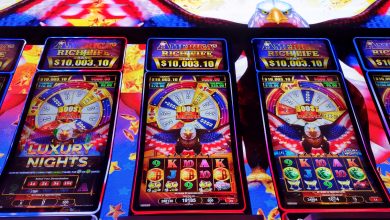Best Poker Hands – For Basic Poker & Most Game Variants

When it comes to wanting to be a more complete poker player you will come to realize that it is not only about the cards that you have. It comes down to what you do with your cards. For example, if you are sitting with a pair of Jacks, you could possibly think that you have a decent hand. In some cases, this will be true. In other cases, however, this hand will not be good enough to compete. By knowing what the probability of poker hands are, you will be able to map out a more stringent poker strategy and increase your chances of winning more hands.
Poker is not just about luck. The top poker professionals will tell you that every player at every level has the same chance of getting certain cards as the next person. The key is to know the probability of poker hands and what to do next with those cards.
Nobody is expected to learn entire tables of poker probability, but these tables can be very useful in putting certain hands into perspective. In fact, one would have to have a fair understanding of mathematical probabilities before even contemplating working out the more complex odds of poker hands. Knowing what to do will come with a lot of experience. The more poker you play and the more poker you watch on TV, the better you will become at being able to read the run of play and gain a feel for what the probability of getting the poker hand you want is- no matter what version of poker you are playing.
By looking at probabilities in their simplest form, you should be able to get a good idea of how poker probabilities work. There are too many hypothetical statistical possibilities to cover them all, so we will keep this as simple as possible with basic probability of poker hands.
Let us look at the probability of a single poker card to get a feel of what is involved. If you take a standard deck of 52 cards, you can easily work out that you have a 1 in 52 chance of landing that card. These odds do not seem too bad. However, if you are chasing two specific cards, this is where the odds are stacked against you. You take the probability of the first card (1 in 52) and the probability of the next card (1 in 51 because one card is out now) and multiply them. This leaves you with a 1 in 2652 chance of getting these two cards.
This is the easiest way to look at poker probabilities and just by looking at the above examples it will teach you a lot more than just two mathematical improbabilities. You should always play free online games to earn money with the odds in your favour because having to chase cards that you know are a long shot will only leave you disappointed.
You will be able to get a more in-depth look at more complex statistics on many poker sites and you will see that they are not as daunting as you may think. It all boils down to being able to weigh up the odds of what to risk according to what hands you think the other players may be holding.




